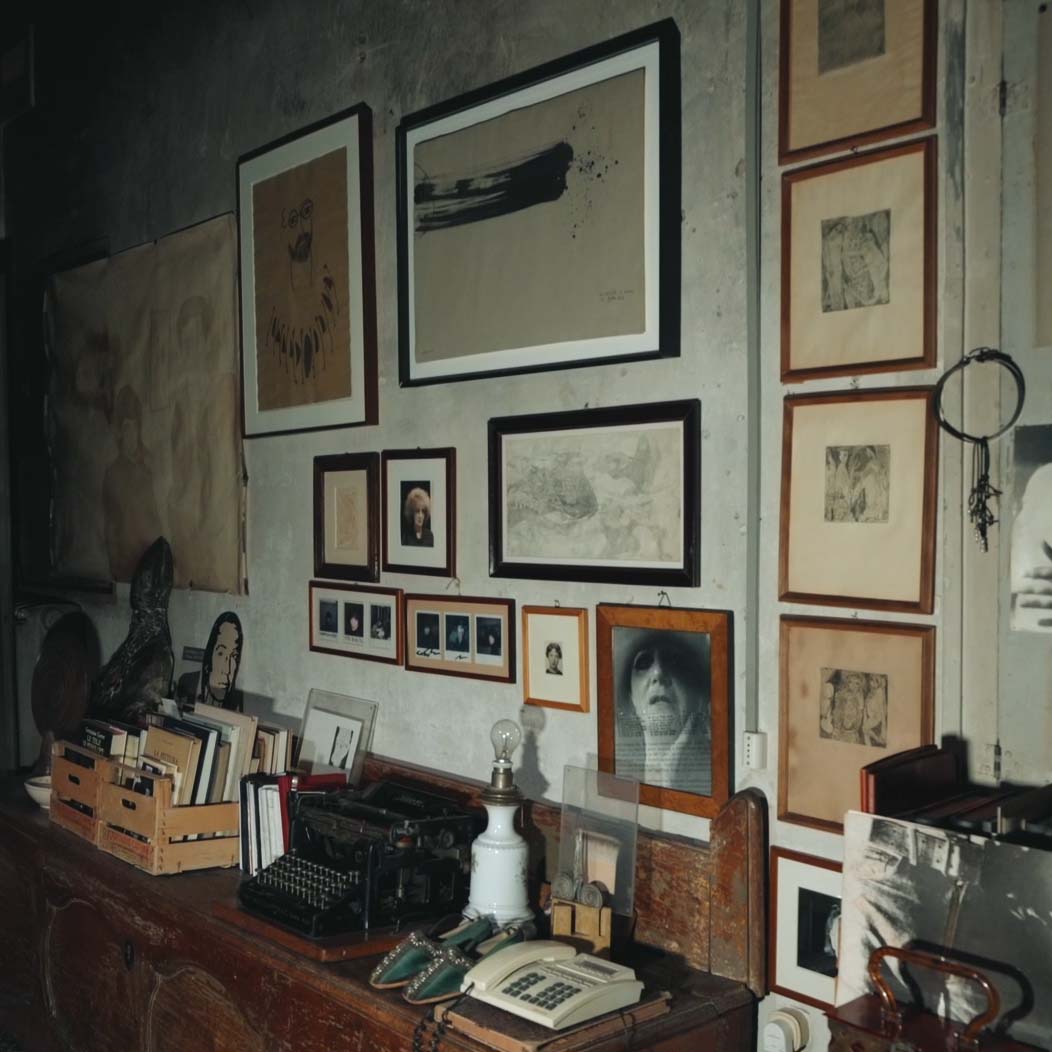Wilhelm Kuhnert shaped the concept of Africa in Europe and in the United States more than any other painter of his time. The Schirn presents the first major retrospective on the life and works of the painter.
In the late 19th and early 20th century, Wilhelm Kuhnert was one of the first European artists to set out on a number of journeys to the former colony of German East Africa, which at that time was still largely unexplored. The drawings and oil sketches of the flora and fauna in the region that he made during these trips served as references for monumental paintings that he later produced in his studio in Berlin. Kuhnert exhibited his works internationally with great success, consequently becoming the leading interpreter of African wildlife.

The presentation King of the Animals. Wilhelm Kuhnert and the Image of Africa from October 25, 2018 to January 27, 2019 sheds light on Kuhnert’s oeuvre, not only against the background of the history of art and natural science but also that of German colonial history. Kuhnert was an animal and landscape painter who had trained at the Royal Academy of Fine Arts in Berlin. He developed an early interest in African wild animals, whose appearance and behavior he had previously only been able to study up close at the Berlin Zoo. Zoological gardens began originating in the mid-19th century. They reflected increased knowledge and scientific progress, a curiosity about the world, and the imperialist aspirations of the bourgeois era.
Kuhnert’s artworks matched the spirit of the times
In addition to formalist aspects and the appeal of the new Kuhnert’s artworks also matched the spirit of the times: pictures of lions, tigers, and elephants in particular were seen as symbols of strength, dominance, and superiority and conveyed the spirit of a society that was aiming for its powerpolitical “place in the sun.” The notion of animals became a lenticular image of human beings: on the one hand, animals were models for the natural—and hence the divine, social, and political—order; and on the other they represented the ideal of unconscious, unfettered freedom, the very opposite of bourgeois existence. African wild animals provided an unrestricted space of association for German
Nature Romanticism and exoticism.

Wilhelm Kuhnert’s oeuvre heralds aspects of the modern age: painting en plein air, the experimental pencil drawing, exoticism, the determination to explore distant lands, and travel as a means of expanding one’s perspective and experience, often linked with escapism and a critical attitude toward civilization. In his painting Kuhnert pursued an almost scientific approach and recorded the characteristics of the animals as accurately as possible. Although he was neither a biologist nor a zoologist, his detailed artistic and written studies point to an interest in African wildlife that went well beyond purely painterly issues. His animal pictures were disseminated in zoological books such as Brehms Tierleben (Brehm’s Life of the Animals) and in publications by the director of the Frankfurt Zoo, Wilhelm Haacke, as well as in the form of classroom wall charts. They were even reproduced on the wrappers of Stollwerck chocolate. Although Wilhelm Kuhnert remains one of the most widely collected artists to this day, his oeuvre is still virtually unknown to the public at large.
Wilhelm Kuhnert’s oeuvre heralds aspects of the modern age
The exhibition at the Schirn classes the artist and his oeuvre within German art and colonial history. Neither the logistics of his expeditions nor the market success of his art would have been possible without colonialism, from which Kuhnert profited and in which he was a protagonist. His relationship to colonialism remained ambivalent, however. Hence, the exhibition “King of the Animals” illustrates how Kuhnert’s oeuvre shaped the general idea of the wildlife and landscape of Africa in the 19th century, to some extent even up to the present day.











